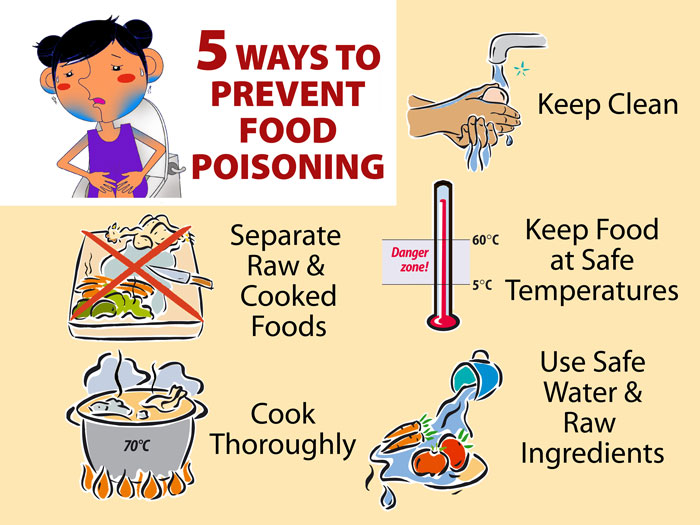Bacteria are small single-celled organisms. Bacteria are found almost everywhere on Earth and are vital to the planet’s ecosystems. Some species can live under extreme conditions of temperature and pressure. The human body is full of bacteria, and in fact is estimated to contain more bacterial cells than human cells.
Bacteria are microscopic living organisms, usually one-celled, that can be found everywhere. They can be dangerous, such as when they cause infection, or beneficial, as in the process of fermentation (such as in wine) and that of decomposition.
Types of bacteria:
By combining morphology and Gram-staining, most bacteria can be classified as belonging to one of four groups
- Gram-positive cocci,
- Gram-positive bacilli
- Gram-negative cocci
- Gram-negative bacilli
Bacteria disease:
Bacterial infections are diseases that can affect your skin, lungs, brain, blood and other parts of your body. You get them from single-celled organisms multiplying or releasing toxins in your body. Common bacterial diseases include UTIs, food poisoning, STIs and some skin, sinus and ear infections.
There are various diseases that are caused by bacteria in humans. Some of the common bacterial diseases in humans are tuberculosis, pneumonia, typhoid, tetanus, etc. Bacteria that cause various diseases in humans are known as pathogenic bacteria. We are able to sustain the growth of many bacteria due to the innate immunity provided by the body’s defence system. Bacteria that cause diseases are able to invade the body tissues and fluid by surpassing the natural defence mechanisms of the body. Bacteria can either damage cells directly, release toxins, affect cellular functions or can initiate an immune response, which can damage the cells.
Bacteria are present everywhere, they are an important part of the ecosystem and help in maintaining a sustainable environment. There are less than a hundred species of bacteria that are known to cause diseases in humans.
Bacterial Disease Symptoms:
Following are the major symptoms of bacterial diseases:
- Bloody and painful urine
- Irritability
- Diarrhea
- Vomiting and nausea
- Weakness
- Stiffness in neck
- Flu-like symptoms
- Rashes and lesions
Treatment of bacterial infections:
Serious infections can be treated with antibiotics, which work by disrupting the bacterium’s metabolic processes, although antibiotic-resistant strains are starting to emerge. Immunisation is available to prevent many important bacterial diseases such as Hemophilus influenza Type b (Hib), tetanus and whooping cough..




